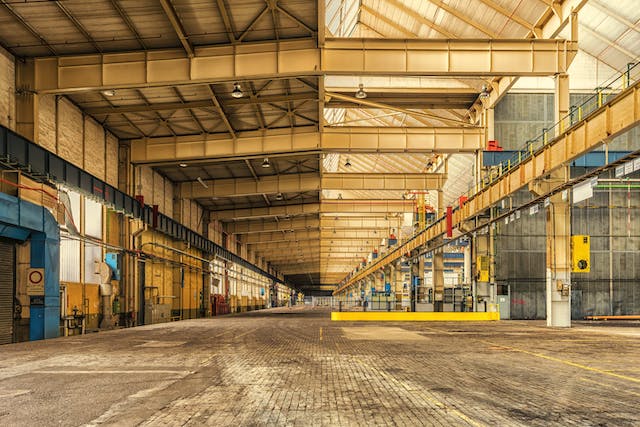
In the intricate tapestry of modern commerce, the concept of leasing or renting warehouse space stands out as a critical component for business success. The strategic importance of warehouses goes beyond mere storage; it encompasses a complex interplay of logistics, supply chain management, and operational efficiency. Gratton Warehouse, nestled in the heart of Omaha, Nebraska, serves as a prime example of how well-managed warehouse facilities can become pivotal to business operations. This essay explores the multifaceted world of warehouse leasing and renting, with Gratton Warehouse as a focal case study.
Section 1: Understanding Warehouse Space Needs
Businesses turn to warehouses for a variety of reasons. Storage of goods remains the most obvious, but many companies also use these spaces for distribution, where products are sorted and shipped. Manufacturing businesses might require warehouses for production activities, necessitating ample space for equipment and assembly lines.
The choice of warehouse location is crucial, impacting everything from transportation costs to delivery efficiency. The size of the warehouse should accommodate current needs while allowing for potential growth. Accessibility, especially for larger vehicles, and proximity to transport hubs like highways, railways, or ports, can significantly streamline logistics operations.
Section 2: Benefits of Leasing Warehouse Space
Leasing warehouse space offers businesses considerable flexibility, particularly in terms of contract duration. This flexibility is crucial for companies experiencing growth or changes in their market. From a financial perspective, leasing reduces the need for substantial upfront capital investment and often alleviates the burden of maintenance and repair responsibilities. Additionally, leasing can grant access to premium facilities, equipped with the latest technologies and amenities, which might be otherwise unaffordable.
Section 3: Advantages of Renting Warehouse Space
Renting warehouse space, on the other hand, caters to more immediate, short-term needs. It is an ideal solution for businesses dealing with seasonal fluctuations or exploring new markets without committing to long-term leases. This model provides the agility to scale operations up or down in response to market demands.
Section 4: Gratton Warehouse – A Case Study
Gratton Warehouse in Omaha, Nebraska, offers an insightful glimpse into the world of effective warehouse management. With a history of providing tailored warehousing solutions, Gratton Warehouse stands out for its comprehensive range of services including storage, logistics, and distribution. Businesses are drawn to Gratton Warehouse not only for its strategic location, offering logistical advantages but also for its commitment to service quality. The warehouse’s ability to adapt to diverse storage and distribution needs makes it a preferred choice for many enterprises.

Section 5: Factors to Consider When Choosing a Warehouse
Selecting the right warehouse involves careful consideration of several factors. Location is paramount, as it influences the efficiency of both incoming and outgoing logistics. The size of the warehouse must align with the business’s operational needs and future growth projections. Budgeting for warehouse space is a complex exercise, balancing costs against the benefits of the chosen location and amenities. Additionally, security measures and technological integrations for inventory management are critical for ensuring safe and efficient operations.
Section 6: Legal and Contractual Considerations
Navigating the legal and contractual landscape is essential when leasing or renting warehouse space. Understanding the nuances of lease agreements, insurance requirements, and liability issues is key to safeguarding business interests. Additionally, compliance with local regulations and industry standards is a non-negotiable aspect of warehouse operations, often requiring specialized knowledge and attention.
Section 7: Trends in Warehouse Leasing and Renting
The warehouse leasing and renting sector is evolving rapidly, driven by technological advancements such as automation and sophisticated inventory management systems. The proliferation of e-commerce has particularly reshaped warehouse demands, emphasizing the need for efficient distribution and quick turnaround times. Sustainability and environmentally friendly practices in warehousing are also gaining traction, reflecting a global shift towards more responsible business operations.
Section 8: Conclusion
In summary, the decision to lease or rent warehouse space is a multifaceted one, influenced by a range of factors including business needs, market dynamics, and technological advancements. Gratton Warehouse exemplifies the impact of well-managed warehouse facilities on business efficiency and success. As the warehousing sector evolves, staying informed and adaptable is crucial for businesses looking to optimize their operations. Warehouses like Gratton Warehouse not only provide essential services but also contribute significantly to the broader narrative of modern business logistics and supply chain management.






